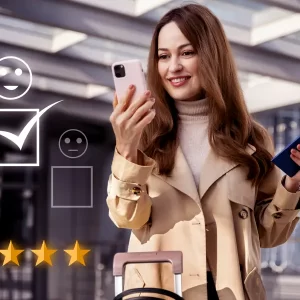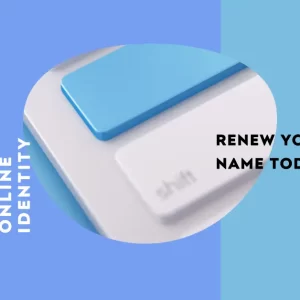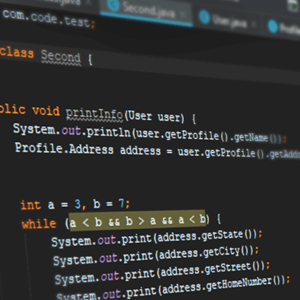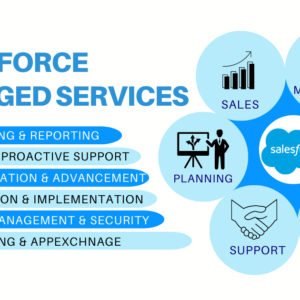The global epidemic has caused a profound change in the educational scene. The use of digital learning technology in the conventional brick-and-mortar classrooms was pushed to happen practically immediately. The future of education seems to be a dynamic fusion of virtual and in-person learning experiences as we approach a post-pandemic world. This essay will look at how education has changed, the opportunities and challenges that lie ahead, and how parents, teachers, and students can survive this new environment.
Rapid Transition to Remote Learning
The education industry was forced to quickly switch to remote learning methods when schools and institutions temporarily closed their physical doors. Digital resources, video conferencing applications, and online learning platforms have all become crucial parts of the teaching and learning process.
Equity and Access Concerns
The digital divide was also underscored by this quick change, though. Due to a lack of equipment or dependable internet connections, students from underprivileged backgrounds had difficulty enrolling in online courses. The need to close this gap grew urgent.
The Rise of Hybrid Learning
In response to the pandemic’s pressure on educators to innovate, hybrid learning approaches were developed. Hybrid learning combines in-person and online components to provide flexibility while preserving the advantages of in-person contact.
Redefining Classroom Dynamics
Classroom dynamics must be rethought in light of hybrid learning. Teachers must devise plans to effectively engage both in-person and online learners. This change in strategy may result in learning experiences that are more individualized and student-centered.
Upskilling Educators
In order for this technological shift to be successful, educators themselves must master these technologies. Professional development and upskilling programs are crucial to empower teachers with the necessary skills.
Ensuring Quality Assessment
It can be difficult to modify assessment techniques to fit virtual learning. It’s possible that traditional tests don’t accurately reflect the skills acquired through online and hybrid learning.
Conclusion
The pandemic’s aftermath has led to a hybridization of traditional and digital approaches in schooling. This dynamic shift offers the chance to develop a learning environment that is more inclusive, adaptable, and individualized. The education sector may successfully navigate the post-pandemic landscape by utilizing technology, accepting change, and emphasizing holistic skill development.





